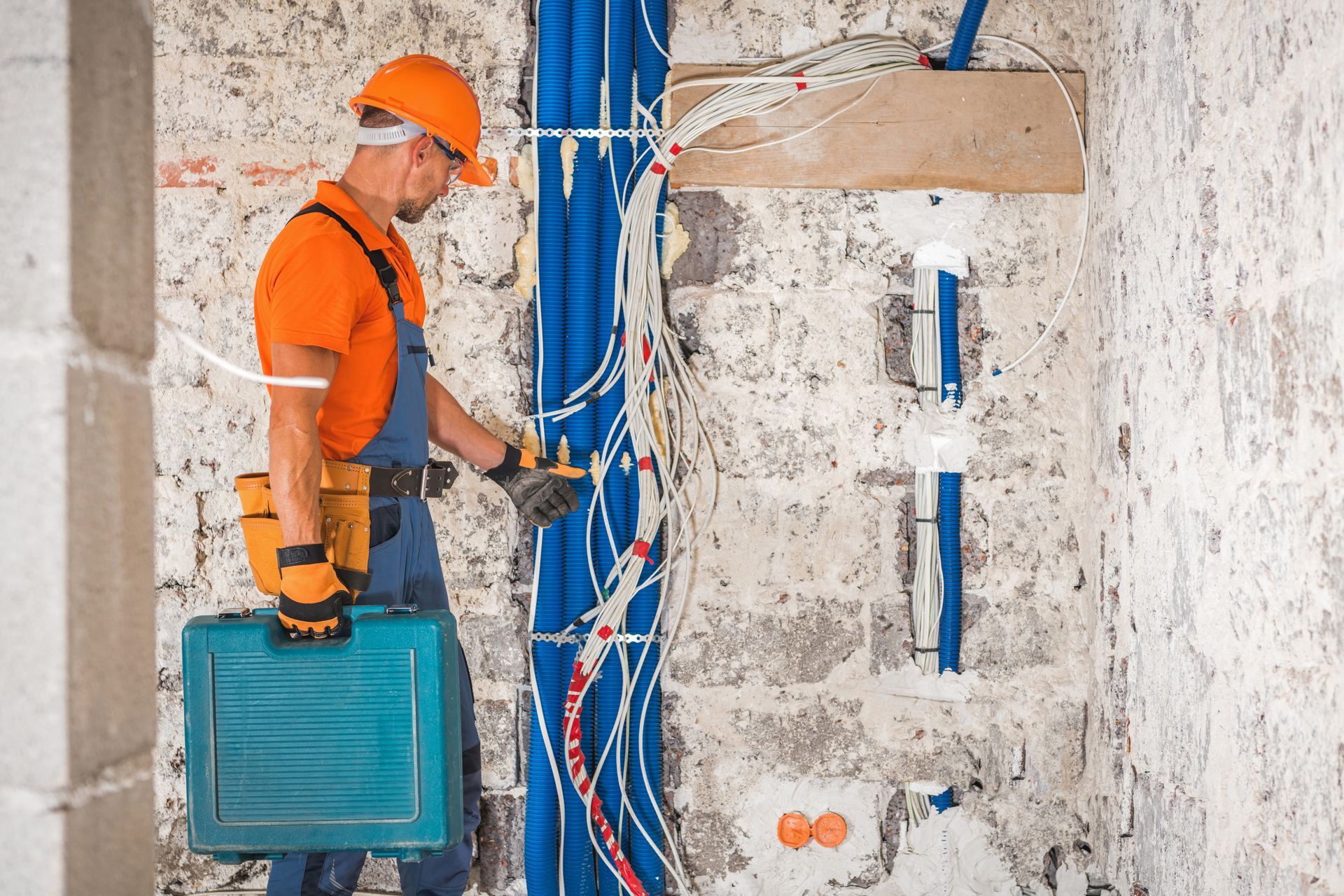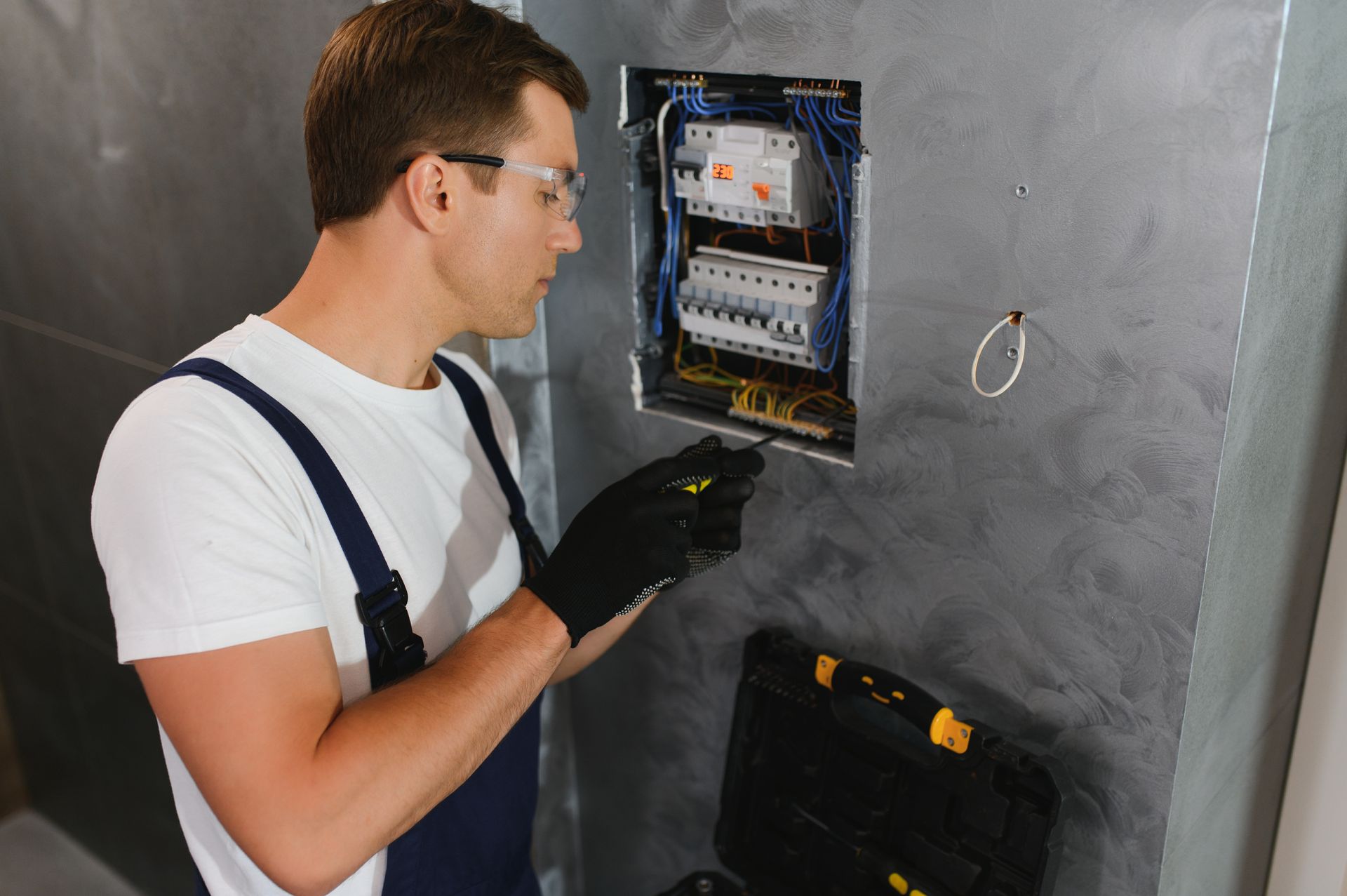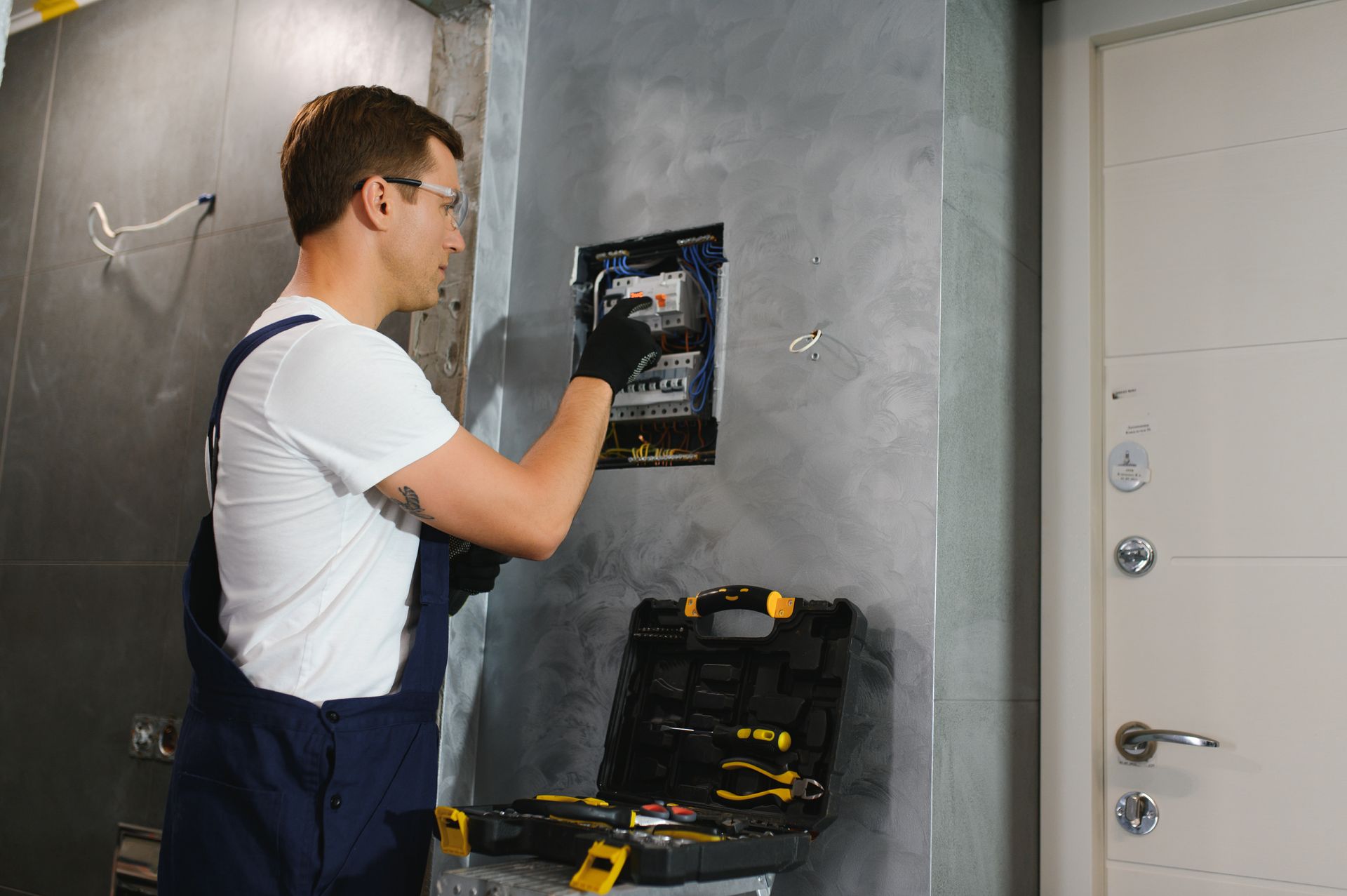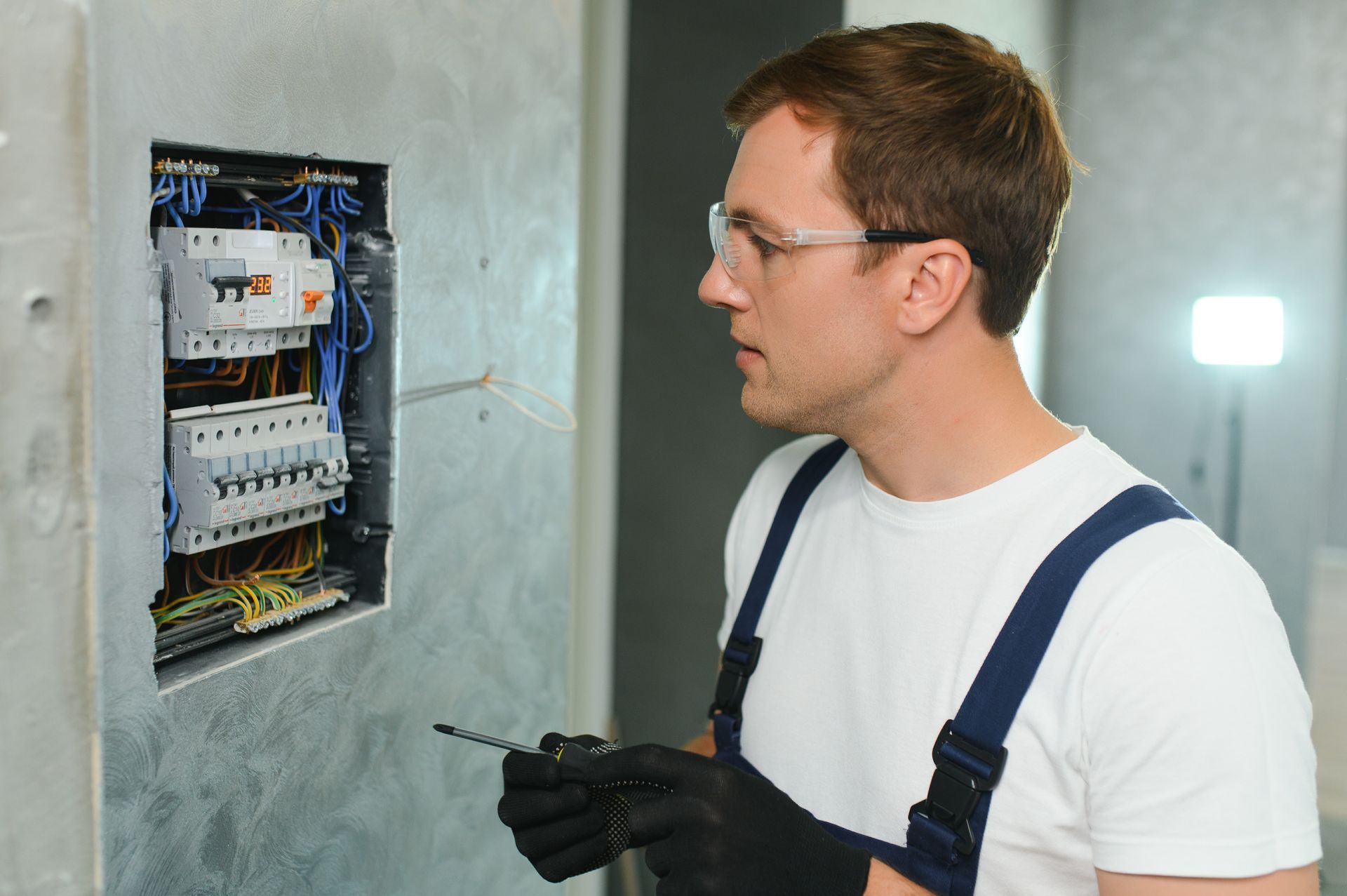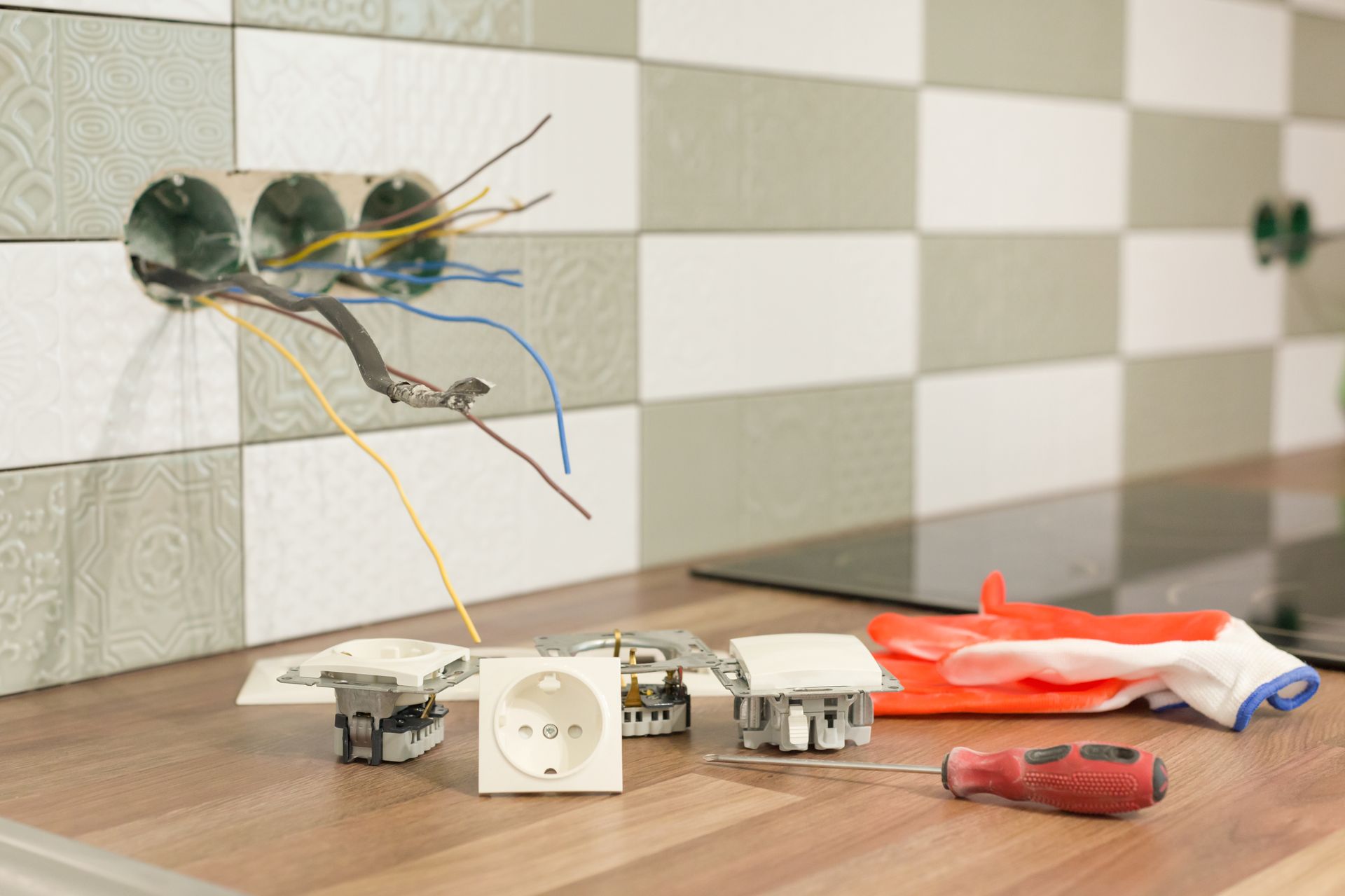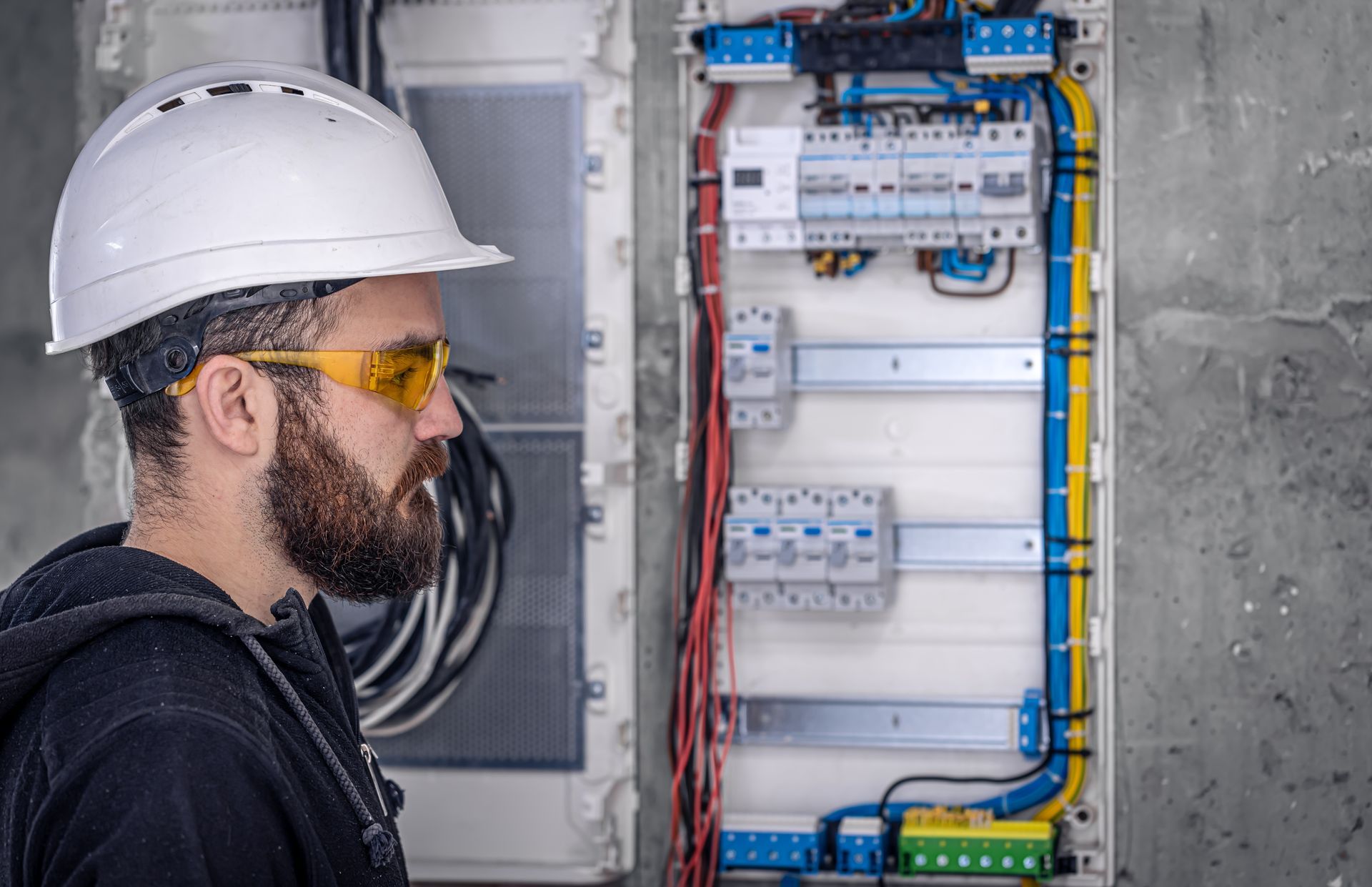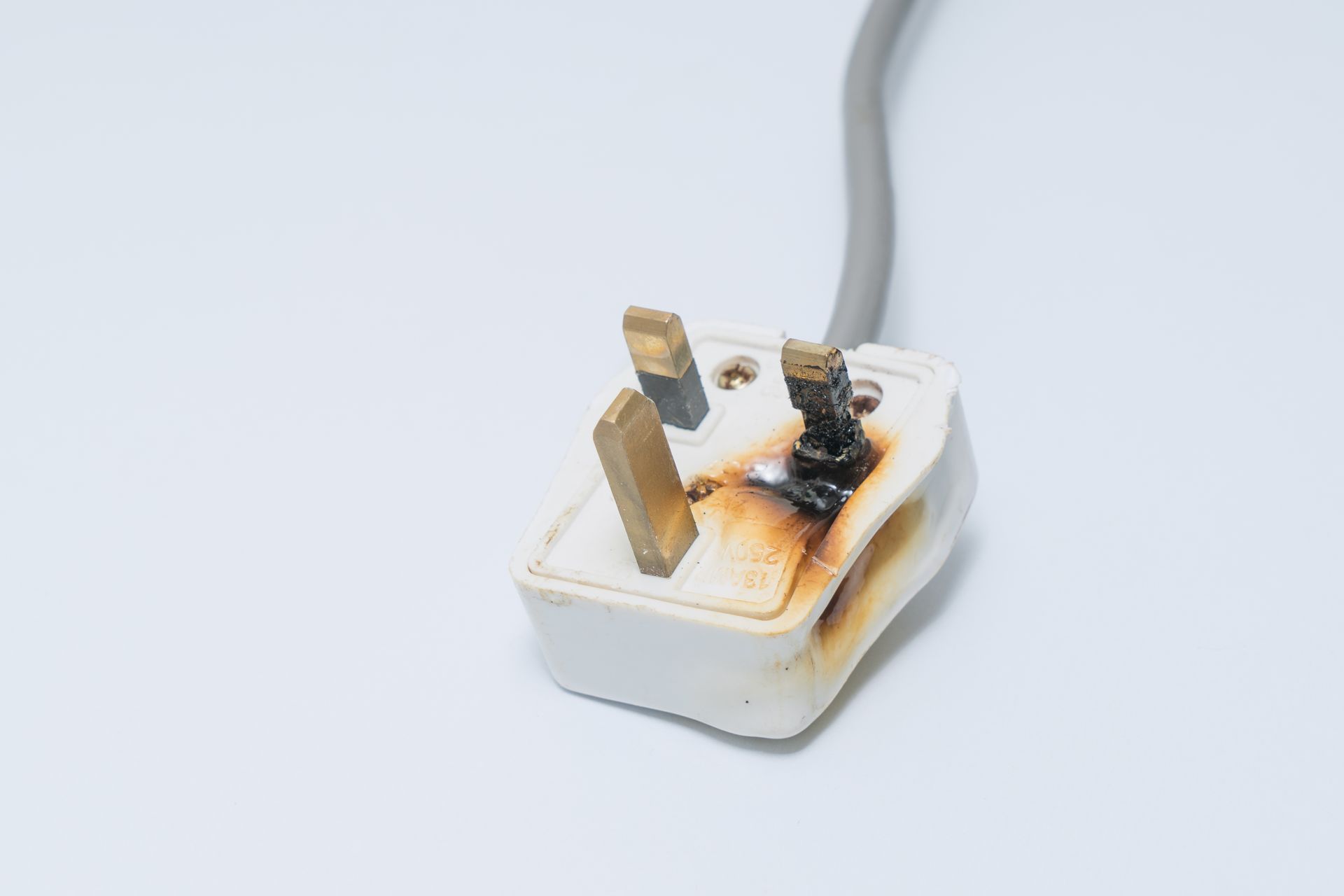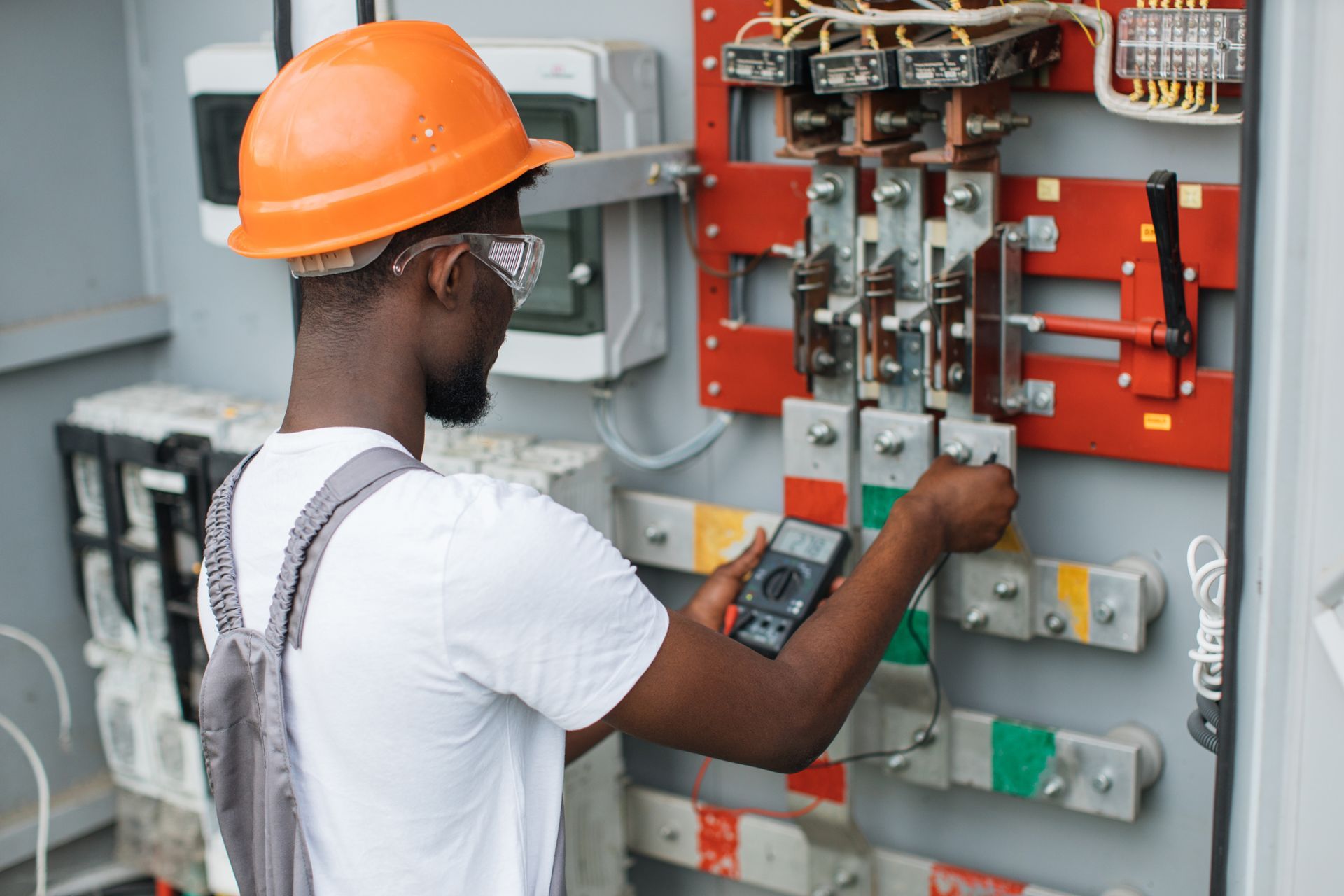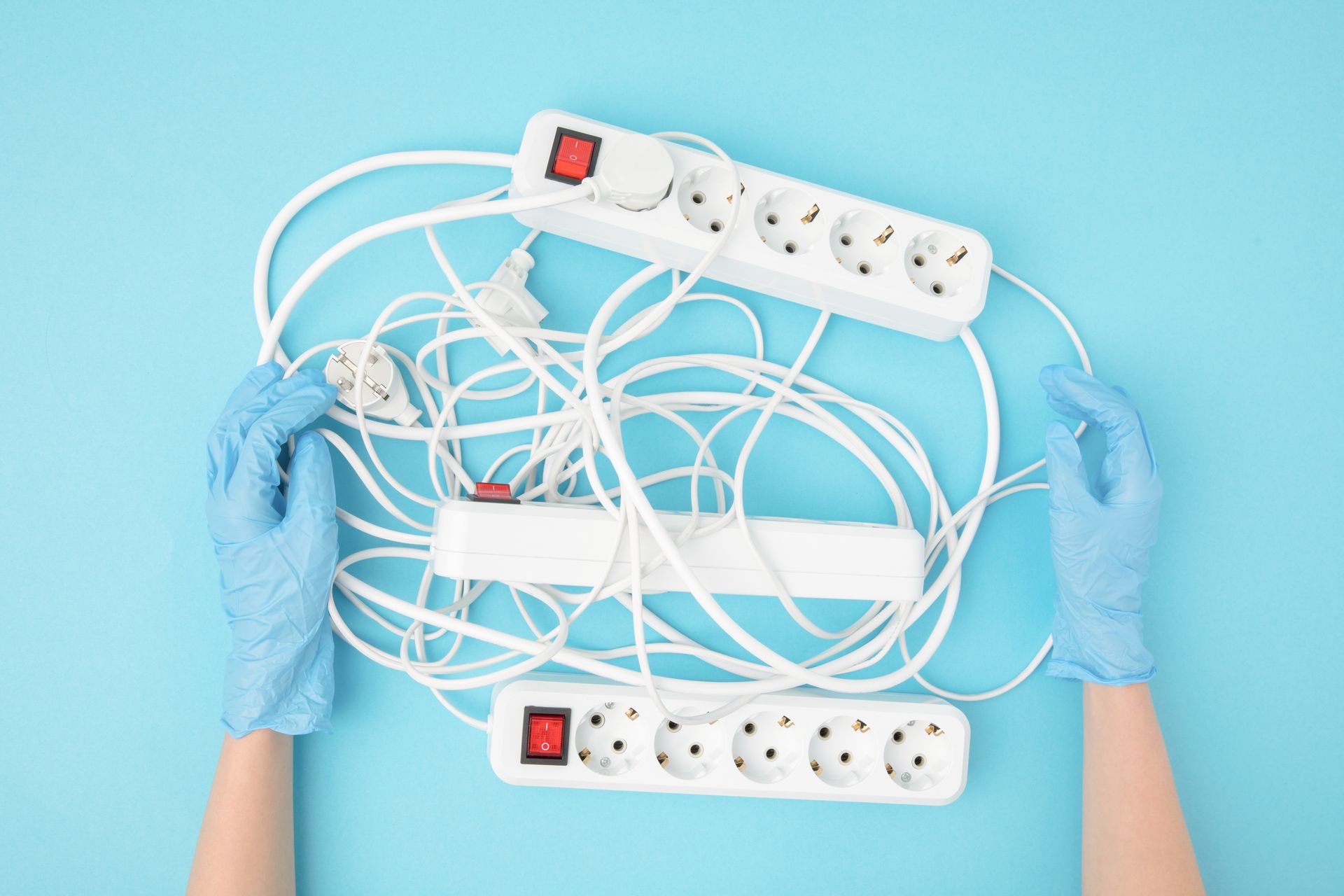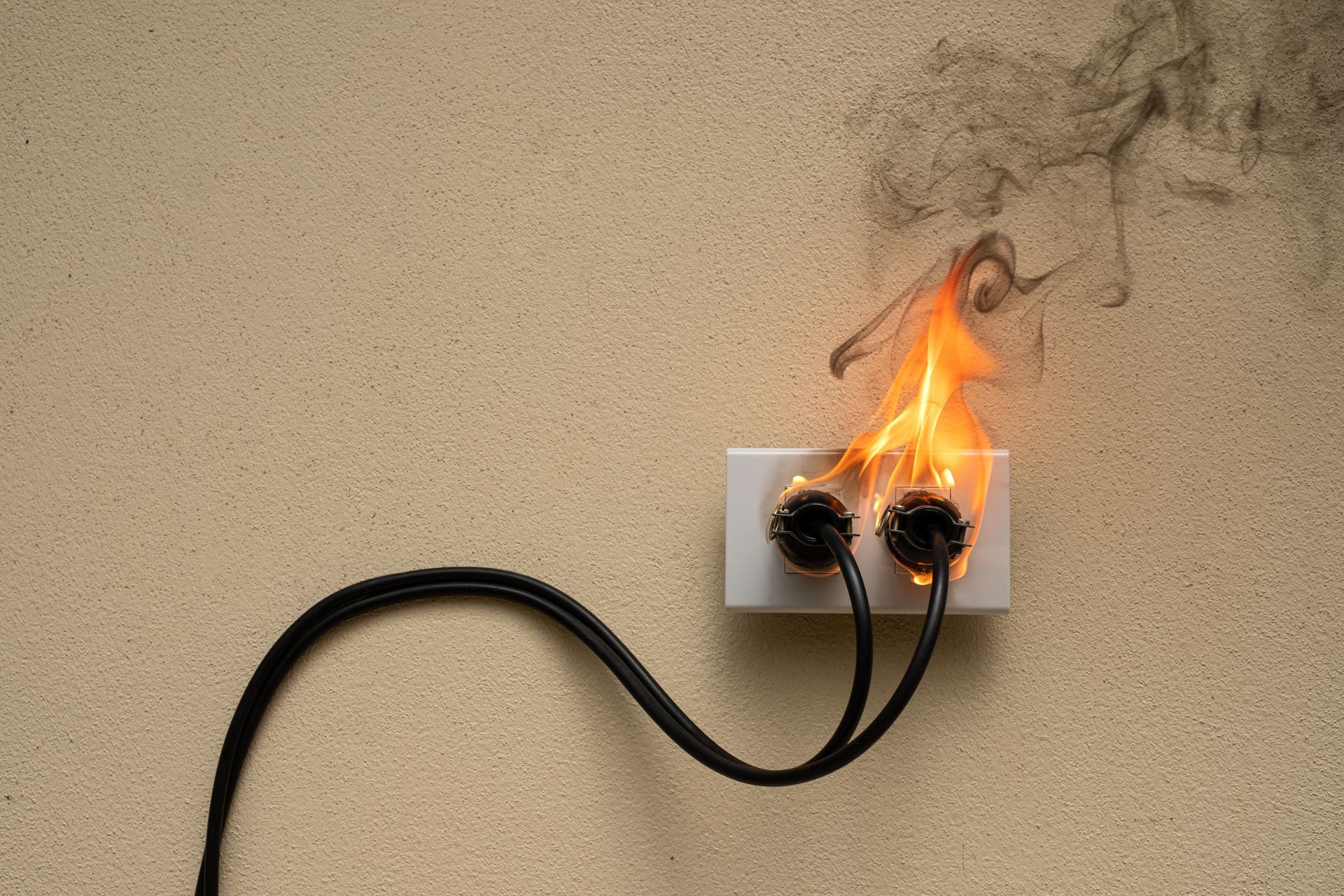Electrical Wiring at Home: What You Should Know
Electrical Wiring at Home: What You Should Know
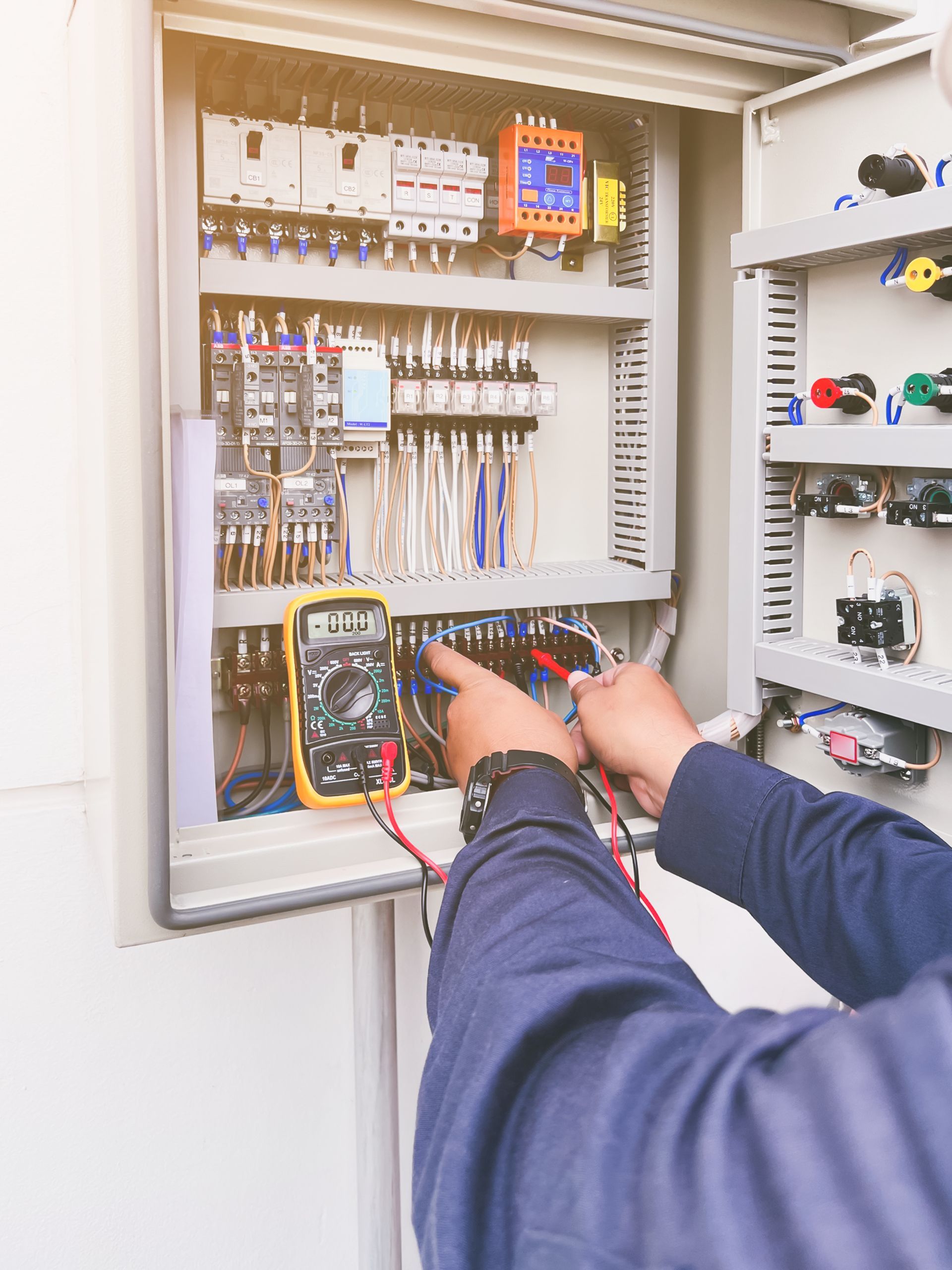
Electrical wiring is a critical component of your home’s infrastructure, providing the power necessary for lighting, appliances, and other electrical devices. Understanding the basics of electrical wiring can help you maintain a safe and efficient home environment. Here’s what you need to know about electrical wiring at home, courtesy of TraceTech Solutions.
Types of Electrical Wires
1. Non-Metallic (NM) Cable
- Also known as Romex, NM cable is commonly used in residential wiring. It consists of two or more insulated wires and a ground wire encased in a plastic sheath.
- Ideal for interior use, including outlets, switches, and lighting fixtures.
2. Underground Feeder (UF) Cable
- Similar to NM cable but designed for outdoor and underground use. It is more durable and can withstand exposure to moisture and soil.
- Used for outdoor lighting, garden sheds, and other exterior applications.
3. Armored Cable (AC)
- Also known as BX cable, it has a metal casing that provides extra protection.
- Used in areas where the wiring may be exposed to potential damage, such as basements or garages.
4. Low-Voltage Wires
- Used for applications such as doorbells, thermostats, and landscape lighting.
- They carry low-voltage power and are often insulated with thin, flexible coverings.
Common Wiring Terms
1. Hot Wire
- Carries electrical current from the power source to the outlet or fixture.
- Typically black or red in color.
2. Neutral Wire
- Completes the electrical circuit by carrying current back to the power source.
- Usually white in color.
3. Ground Wire
- Provides a safe path for electricity in case of a short circuit.
- Generally bare or green in color.
4. Circuit Breaker
- A safety device that automatically shuts off power to a circuit if it detects an overload or short circuit.
- Located in the main electrical panel.
Safety Tips for Home Wiring
1. Turn Off Power
- Always turn off the power at the circuit breaker before working on any electrical wiring.
2. Use the Right Tools
- Ensure you have the proper tools, such as voltage testers, wire strippers, and pliers, to safely work with electrical wiring.
3. Follow Electrical Codes
- Adhere to local building codes and standards when installing or modifying electrical wiring. These codes are designed to ensure safety and proper function.
4. Inspect Regularly
- Regularly inspect your electrical system for signs of wear or damage, such as frayed wires or discolored outlets.
5. Hire a Professional
- For complex or extensive electrical work, always hire a licensed electrician. Professional electricians have the training and experience to safely handle wiring tasks.
Signs of Electrical Problems
1. Flickering Lights
- Could indicate a loose connection or an overloaded circuit.
2. Burning Smell
- A burning odor near outlets or switches can signify overheating or an electrical fire hazard.
3. Frequent Circuit Breaker Trips
- If your circuit breaker trips frequently, it may be a sign of an overloaded circuit or a short circuit.
4. Warm Outlets or Switches
- Outlets or switches that feel warm to the touch can indicate a serious electrical issue.
5. Buzzing or Humming Sounds
- Unusual sounds coming from your electrical panel or outlets may suggest a wiring problem.
The Importance of Circuit Mapping
Circuit mapping involves creating a detailed diagram of your home’s electrical circuits. This process identifies which outlets, switches, and fixtures are connected to each circuit breaker, providing a clear view of your electrical system.
Benefits of Circuit Mapping
1. Enhanced Safety
- By understanding the layout of your electrical circuits, you can prevent overloads and identify potential hazards.
2. Efficient Troubleshooting
- Accurate circuit maps make it easier to locate and address electrical issues, saving time and reducing repair costs.
3. Compliance with Codes
- Circuit mapping ensures your electrical system meets local building codes and safety standards.
Conclusion
Understanding the basics of electrical wiring at home is essential for maintaining a safe and efficient environment. Familiarize yourself with the different types of wires, common wiring terms, and safety tips to ensure your electrical system functions properly. Regular inspections and professional assistance can help prevent issues and ensure compliance with safety standards. For comprehensive circuit mapping and expert electrical services, contact TraceTech Solutions today. Our team of experienced electricians is dedicated to ensuring the safety and reliability of your home’s electrical system.


